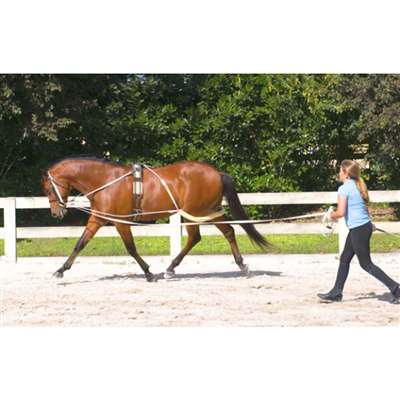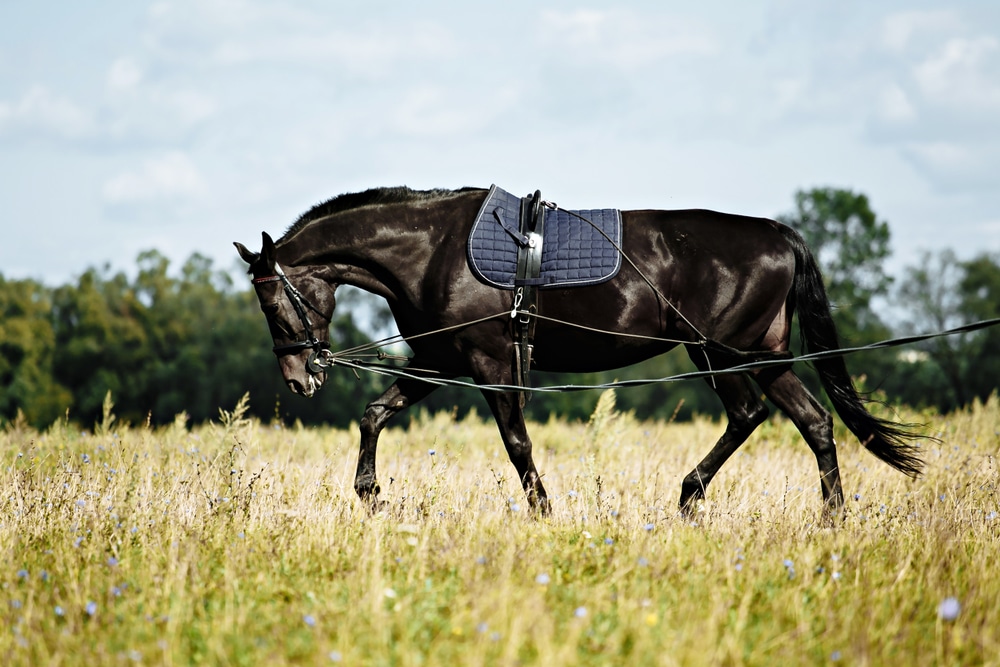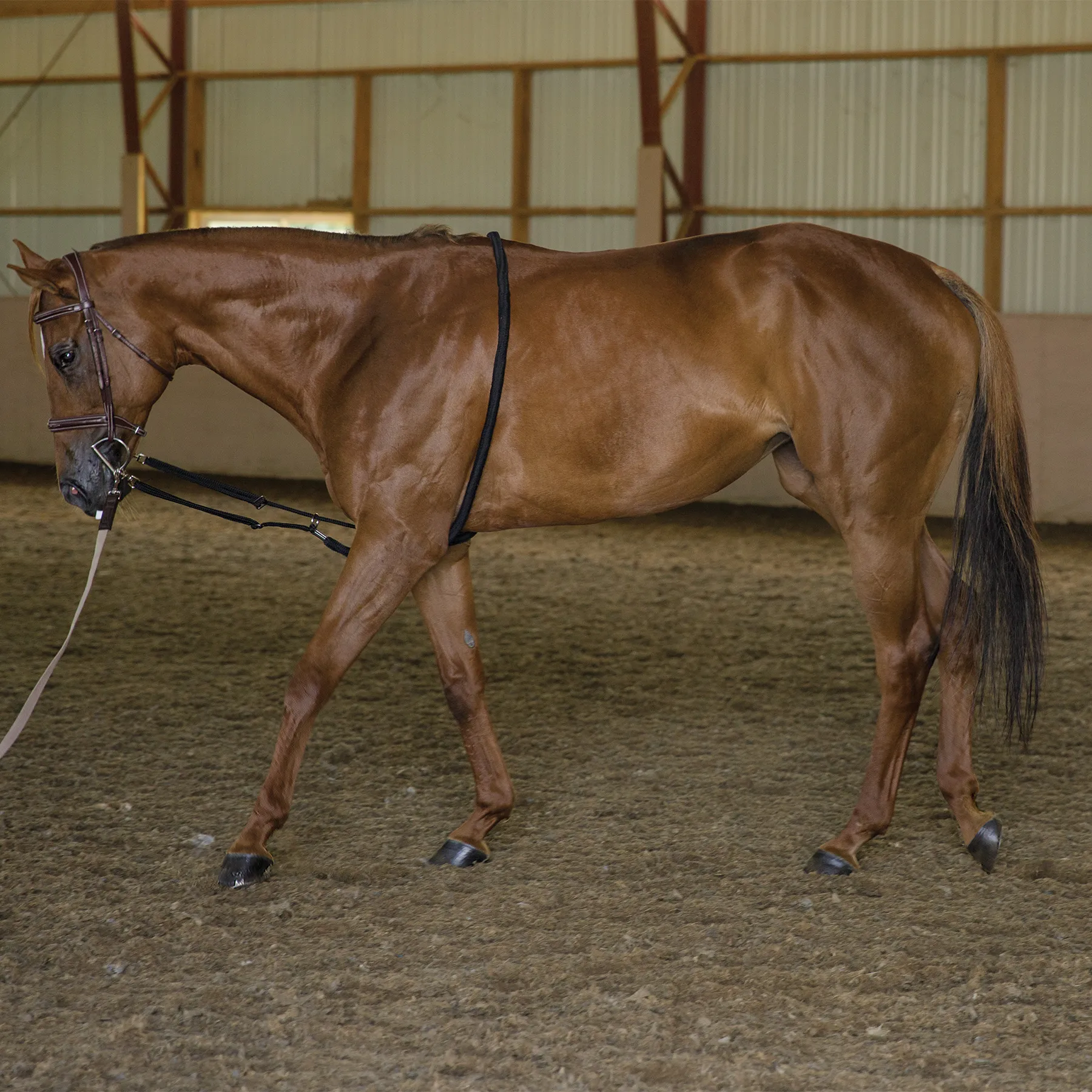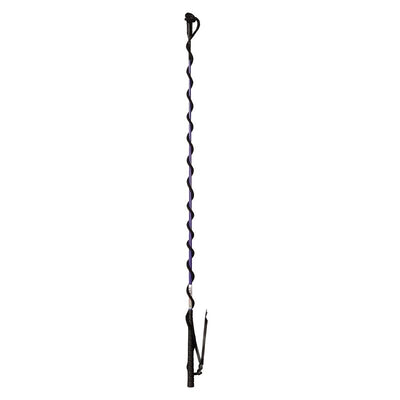Lunging Basics: Equipment and Technique for Your Horse

Lunging is a fundamental training exercise that helps improve your horse’s balance, obedience, and fitness. Whether you’re a beginner or an experienced rider, understanding the right equipment and proper technique is essential for safe and effective lunging sessions.
Essential Equipment for Lunging

| Equipment | Purpose | Tips for Use |
|---|---|---|
| Lunge Line | A long, sturdy line (usually 25-30 feet) used to control the horse from a distance. | Choose a line with a comfortable grip and avoid lines that are too heavy or slippery. |
| Lunge Whip | Used to encourage movement and direction without physical contact. | Use gentle taps and avoid aggressive gestures to maintain trust. |
| Headgear | Typically a halter or a bridle with a cavesson noseband for better control. | Ensure it fits well to prevent discomfort or injury. |
| Protective Boots | Protect the horse’s legs from injury during movement. | Use boots that fit properly and check them regularly for wear. |
| Lunging Surcingle | Optional, provides attachment points for side reins or other training aids. | Use only if you are familiar with its purpose and application. |
Proper Lunging Technique

- Prepare the Area: Choose a flat, enclosed space free of hazards. A round pen or arena is ideal.
- Warm-Up: Begin with walking your horse on the lunge line to loosen muscles.
- Establish Direction: Use the lunge whip and voice commands to guide your horse clockwise or counterclockwise.
- Maintain Consistent Pace: Encourage steady gaits—walk, trot, and canter—without rushing.
- Body Position: Stand in the center of the circle, facing your horse, and keep your arm extended holding the lunge line.
- Safety First: Always wear gloves and sturdy footwear, and be aware of your horse’s behavior.
Benefits of Lunging
- Improves horse’s balance and coordination.
- Builds muscle strength and cardiovascular fitness.
- Enhances communication and responsiveness.
- Allows for controlled exercise when riding isn’t possible.
Common Mistakes to Avoid
- Using equipment that doesn’t fit properly.
- Pulling or jerking the lunge line.
- Lunging on hard or uneven surfaces.
- Overworking the horse without breaks.
Frequently Asked Questions (FAQ)
Q: How long should a lunging session last?
A: Typically 15-30 minutes, depending on the horse’s fitness and training goals.
Q: Can lunging replace riding?
A: Lunging is a great supplement but should not completely replace riding.
Q: What if my horse resists lunging?
A: Check equipment fit, ensure proper technique, and consider consulting a trainer.
Lunging is a versatile and valuable training method that, when done correctly, benefits both horse and handler. With the right equipment and technique, you can make lunging a safe, productive part of your horse’s routine.
